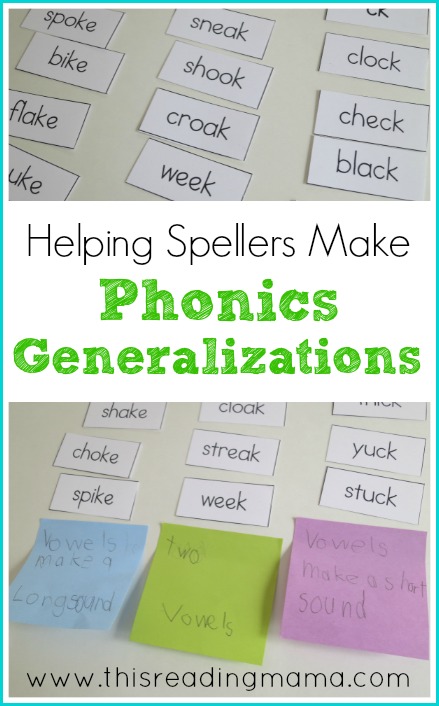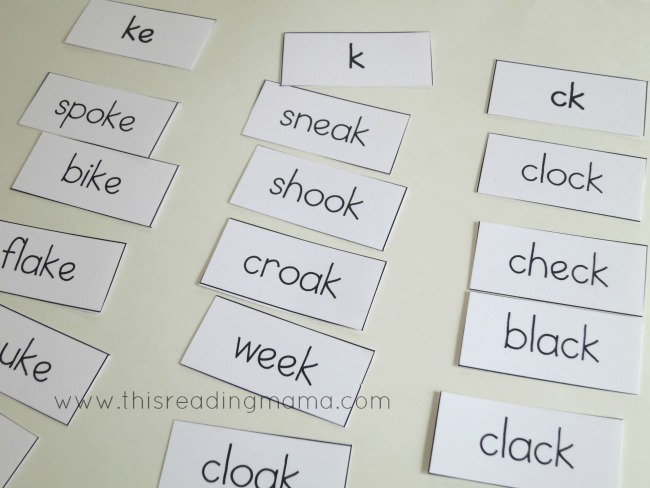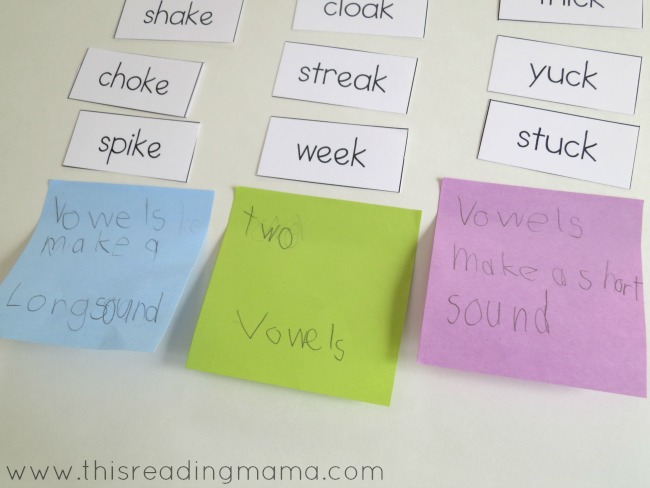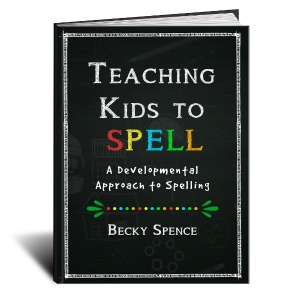 *This post contains affiliate links. Please read my full disclosure policy for more information.
*This post contains affiliate links. Please read my full disclosure policy for more information.
One of my favorite ways to teach spelling is through word study. I love how hands-on the word sorts are for spellers. But word study doesn’t stop with the word sorts. After kids sort their words, one of the best parts of a word sort is helping spellers make their own phonics generalizations. Phonics generalizations help spellers take what they learn in their spelling lesson and apply it to their own spellings.
What are Phonics Generalizations?
1. Phonics generalizations are NOT spelling rules.
Some common spelling rules are: “If two vowels go walking, the first one does the talking.” and “When you see a silent e at the end of the word, the vowel says its name.” And as you may have guessed it, the saying, “rules are meant to be broken,” applies to many spelling rules as well. The first rule alone mentioned above has almost as many rule breakers as rule followers! While other spelling rules may be more reliable, asking kids to memorize a list of spelling rules can confuse them (and adults, too!)
2. Phonics generalizations focus on patterns that words share.
During a word sort, spellers group word features by certain categories. In the earlier levels of word learning, spellers mostly focus on word patterns within words. Based on what they notice about the patterns, they are able to make generalizations.
3. Phonics generalizations are built on the speller’s observations, not the teacher’s.
Instead of telling a speller what his generalization should be, you guide the speller into creating his own. Simply put , “teacher-taught rules seldom stick” (Invernizzi, Abouzeid & Bloodgood, 1997). When a child can create his own meaning from how words are put together and the patterns they share, the child will remember the generalization much better.
Creating Phonics Generalizations
Once you have introduced the word sort by sorting all the words, help your child to create some generalizations about the patterns in the words.
 Me: “I notice something about all these words. They end with the /k/ sound. Is there anything else you notice about the words in this sort?”
Me: “I notice something about all these words. They end with the /k/ sound. Is there anything else you notice about the words in this sort?”
ALuv (2nd grade): “These (pointing to the first column) all have a silent e.”
Me: “Yes, they do. Do you notice anything about the words in either of the other columns?”
ALuv: “The ones over here (pointing to the last column) have a c and a k at the end.”
We continue in a manner like this. At any point, if he is not able to tell me anymore, I can either get more specific with my question or model what I notice. After about 3-4 minutes of making observations, I ask a very intentional question: “So, if you wanted to spell a word in your writing and you heard a /k/ sound at the end, how would you know which way to spell the /k/?”
Our discussion moves more into looking at the vowel pattern in the words. And the light bulb comes on: “Oh, I see that the words in the first column have a long vowel sound with silent e.” He is also able to tell me about the vowels he notices in each column.
Writing Phonics Generalizations
Once the child zeros in on the generalizations, I encourage him to write it down in words. This time, I pulled out our Post-It Notes and asked him them down there. Then, he stuck the Post-It Notes down under each column.
 Sometimes I ask the child to write down his phonics generalizations in a Word Study notebook, but I also like the Post-It Notes for two reasons: (1) kids like to use Post-It Notes, so there’s a piqued interest and (2) as he re-sorted his words over the next few days, I handed the generalizations back to him all scrambled up and his job was to re-match them with each column.
Sometimes I ask the child to write down his phonics generalizations in a Word Study notebook, but I also like the Post-It Notes for two reasons: (1) kids like to use Post-It Notes, so there’s a piqued interest and (2) as he re-sorted his words over the next few days, I handed the generalizations back to him all scrambled up and his job was to re-match them with each column.
Resource: Invernizzi, Marcie A., Abouzeid, Mary P., & Bloodgood, Janet W. (1997). Integrated Word Study: Spelling, Grammar, and Meaning in the Language Arts Classroom. Language Arts, 74, 185-192.
More Spelling Resources:
- My ebook, Teaching Kids to Spell: A Developmental Approach to Spelling, has loads of other tips for teaching spelling in hands-on ways for spellers. Purchase a copy for $3.99.
- Words Their Way: Word Study for Phonics, Vocabulary and Spelling Instruction
- 10 Days of Teaching Spelling through Word Study
- Reading and Spelling Words with Silent e
- FREE Elementary Printables– you can find seasonal word sorts and other spelling resources from This Reading Mama!
Enjoy!
~Becky

The spelling generalization “when 2 vowels go walking the first one does the talking” is a fallacy. This rule works less than 50% of the time. /ea/ has three different sounds and so does /oo/. Phonics rules like this cause way too much confusion.